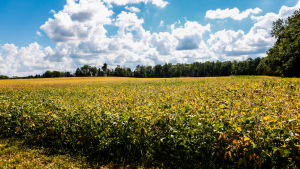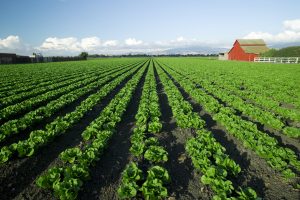
Basics

Crop Insurance Basics: Specialty Crops
When you think of farming, you might first think of fields of corn sprawled across the Midwest. But America’s farmers grow many different types of fruits and vegetables, requiring a crop insurance program that is as diverse as the crops it protects. Crop insurance is a customizable tool that allows

Crop Insurance Basics: Historic Drought Loss
It has been an exceptionally difficult crop year for many of America’s farmers and ranchers as drought conditions in the West and northern Plains have distressed crops and grazing lands. Approximately 210 million acres of crops are experiencing some level of drought conditions. Millions of farmers trust crop insurance to

Crop Insurance Basics: Moral Hazard
Moral hazard is a phrase commonly used in the business community that simply means people act or perform differently when they are fully insulated from risk. An entry on the topic in Investopedia.com explained it like this: We encounter moral hazard every day – tenured professors becoming indifferent lecturers, people

Crop Insurance Basics: Risk Mitigation and Risk Management
Risk mitigation and risk management are two sides of the same coin when it comes to improving agricultural outcomes and promoting climate-smart decisions. On the front of the coin, we have risk mitigation. This side represents all the steps farmers and ranchers take to reduce the amount of risk they

Crop Insurance Basics: Incentives
When policymakers prioritize specific behaviors or actions, they usually turn to incentives to jumpstart the process. For example, the U.S. government has long promoted the benefits of homeownership to individual families and the economy as a whole. Hence, lawmakers introduced mortgage interest deductions on income tax filings to make homeownership

Crop Insurance Basics: Actual Production History
One of crop insurance’s defining attributes is its self-correcting nature. That is, farmers who exhibit more risk pay more than those who exhibit less – much in the same way that car insurers reward safe drivers. This is done by collecting and analyzing a producer’s Actual Production History (APH), which







